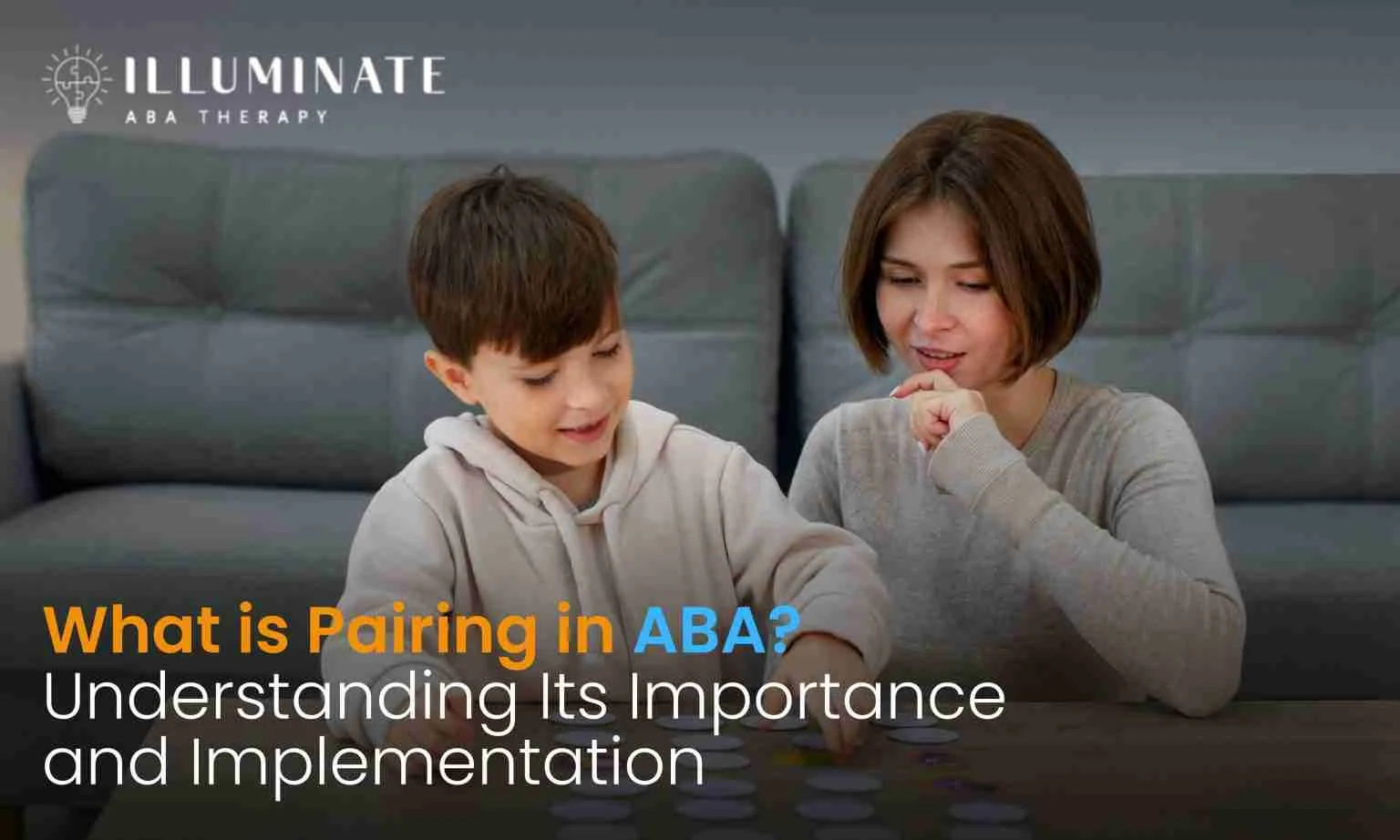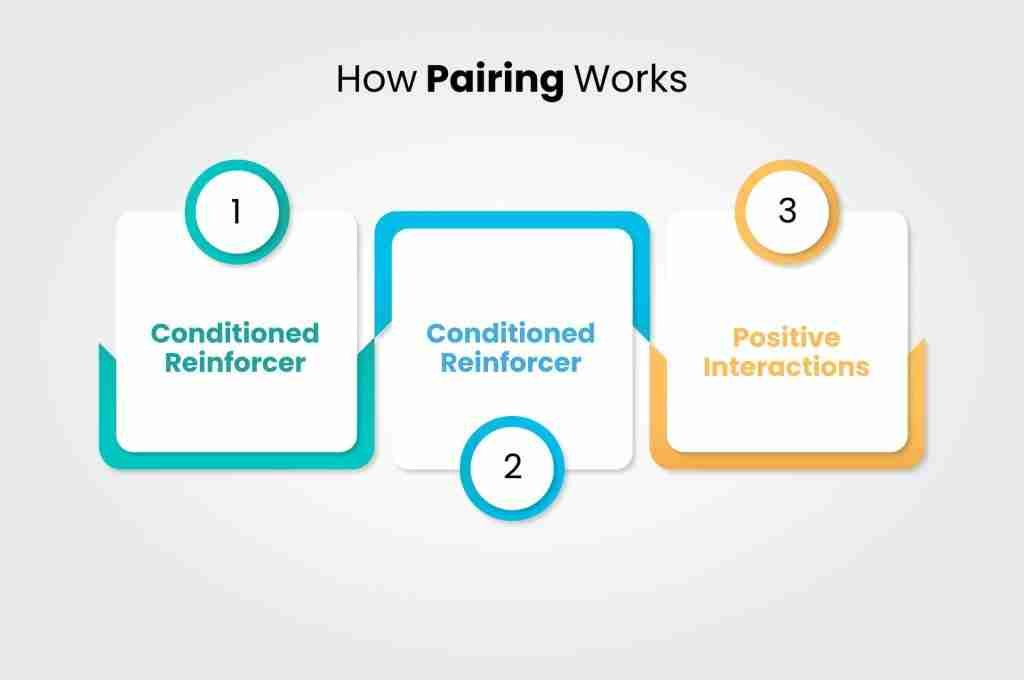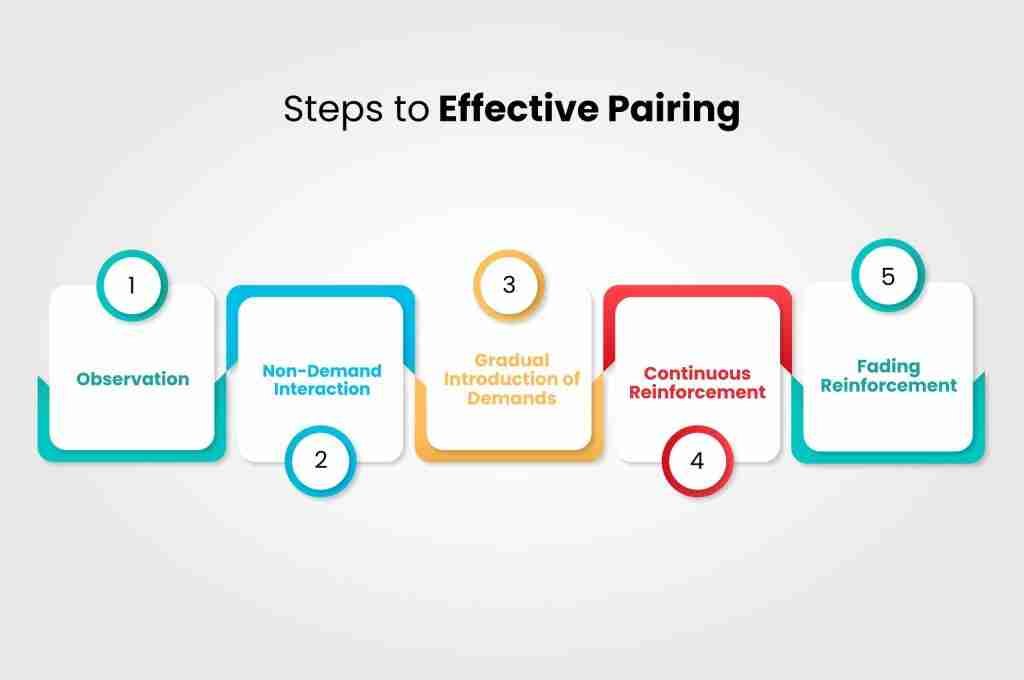What is Pairing in ABA? Understanding Its Importance and Implementation
ABA TherapyJuly 17, 2025

Introduction to Pairing
In the realm of Applied Behavior Analysis (ABA), "pairing" is a fundamental concept that plays a crucial role in establishing a positive therapeutic environment. At its core, pairing involves associating the therapist or instructor with enjoyable experiences and positive reinforcement.
This process is essential for building trust and rapport with individuals, particularly those with autism, who may struggle with new environments or unfamiliar people.
When implemented effectively, pairing transforms the therapist into a "conditioned reinforcer," making them a source of positive experiences. This association encourages individuals to engage more willingly in learning activities, fostering an environment conducive to growth and development.
Table of Contents
Why Pairing is Important in ABA
Pairing holds significant importance in ABA therapy for several reasons:
- Building Trust: For individuals with autism or developmental delays, new environments and interactions can be overwhelming. Pairing helps create a sense of safety and trust, making it easier for clients to engage with their therapists.
- Reducing Problem Behaviors: By associating therapy sessions with positive experiences, pairing can significantly reduce anxiety and problem behaviors. When individuals feel comfortable and safe, they are more likely to cooperate during sessions.
- Long-term Benefits: Successful pairing leads to improved learning outcomes. When individuals associate their therapist with enjoyable experiences, they are more likely to participate actively in sessions, enhancing their communication and social skills over time.
How Pairing Works

Pairing involves strategically associating the therapist's presence with activities or items that the child already enjoys. This can include toys, games, or other preferred activities. Here’s how it works:
- Conditioned Reinforcer: By consistently providing access to these preferred items when the therapist is present, the therapist becomes a conditioned reinforcer. The child learns that being around the therapist leads to enjoyable experiences.
- Engaging Activities: Common pairing activities include playing with a child's favorite toy, engaging in physical activities like running or jumping, or providing access to special treats during sessions.
- Positive Interactions: The key is to create positive interactions that make the child look forward to spending time with their therapist.
Steps to Effective Pairing

Implementing pairing effectively requires a thoughtful approach. Here’s a step-by-step guide:
- Observation: Start by identifying what the child enjoys or finds reinforcing. This could be specific toys, games, or activities.
- Non-Demand Interaction: Spend time engaging with the child in fun, non-demanding activities. This allows them to experience positive reinforcement without pressure.
- Gradual Introduction of Demands: Once a strong positive relationship is established, slowly introduce small tasks or requests during sessions.
- Continuous Reinforcement: Continue reinforcing the child for engaging in tasks and following instructions, ensuring they associate learning with positive outcomes.
- Fading Reinforcement: As the child begins to associate learning activities with enjoyment, gradually fade the use of highly preferred items while maintaining engagement.
Examples of Pairing in Different Settings
Pairing can be applied across various settings:
In the Home
Parents can use pairing strategies during daily routines such as mealtime or bath time by incorporating fun activities or preferred foods that encourage cooperation.
In the Therapy Room
Therapists can utilize pairing techniques by integrating playtime with favorite toys into therapy sessions to enhance engagement and participation.
In School Settings
Teachers can create a positive classroom environment by using pairing techniques to encourage student participation through enjoyable group activities or games.
Challenges in Pairing and How to Overcome Them
While pairing is beneficial, there can be challenges:
- Resistance to Pairing: Some children may initially resist pairing efforts. To overcome this, consistently use high-preference items and adjust techniques based on individual needs.
- Identifying Reinforcers: It may be challenging to identify what motivates each child. Observational strategies can help uncover meaningful reinforcers tailored to each individual.
- Patience and Flexibility: Building a positive relationship takes time; therefore, patience and flexibility are crucial for successful pairing.
The Role of Reinforcement in Pairing

Reinforcement is at the heart of effective pairing strategies:
- Types of Reinforcers: Various types of reinforcers can be used in pairing—tangible items (toys), social reinforcers (praise), and activity-based reinforcers (games).
- Individualized Approach: Identifying individualized reinforcers that resonate with each child is essential for successful pairing outcomes.
Tips for Parents and Caregivers
Parents and caregivers play a vital role in implementing pairing techniques at home:
- Engage in Play: Use playtime as an opportunity for bonding while incorporating preferred activities that promote cooperation.
- Routine Integration: Integrate pairing strategies into everyday routines—mealtimes can include favorite foods as incentives for good behavior.
- Educate Yourself: Utilize resources available on ABA techniques to learn more about effective pairing strategies that foster positive relationships at home.
Conclusion
Pairing is an invaluable tool in establishing a positive learning environment within ABA therapy. By fostering trust and creating enjoyable experiences, parents, caregivers, and professionals can significantly enhance engagement and learning outcomes for individuals receiving therapy.
If you're interested in exploring how pairing strategies can support your child's development further, we invite you to consult with our team at Illuminate ABA Therapy. Together, we can create an effective plan tailored to your child's unique needs, ensuring they thrive in their learning journey!
Read More: What is Social Skills Training for Autism
